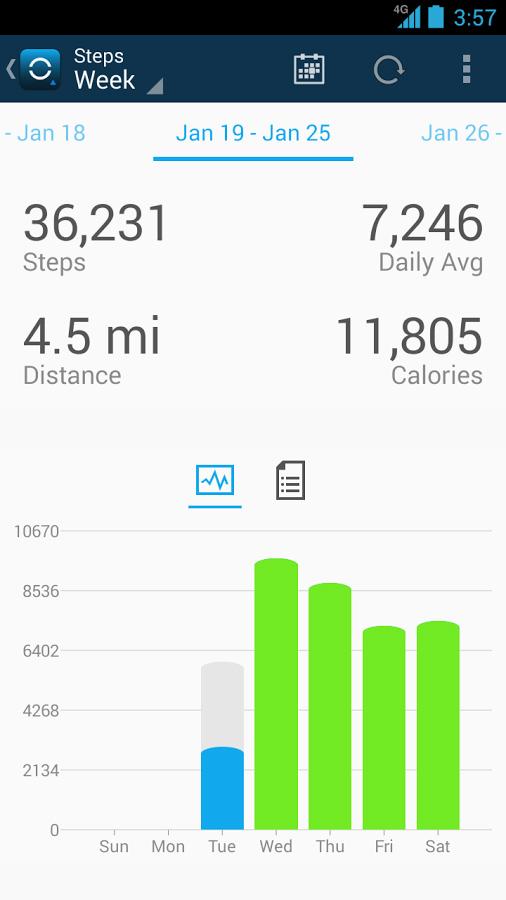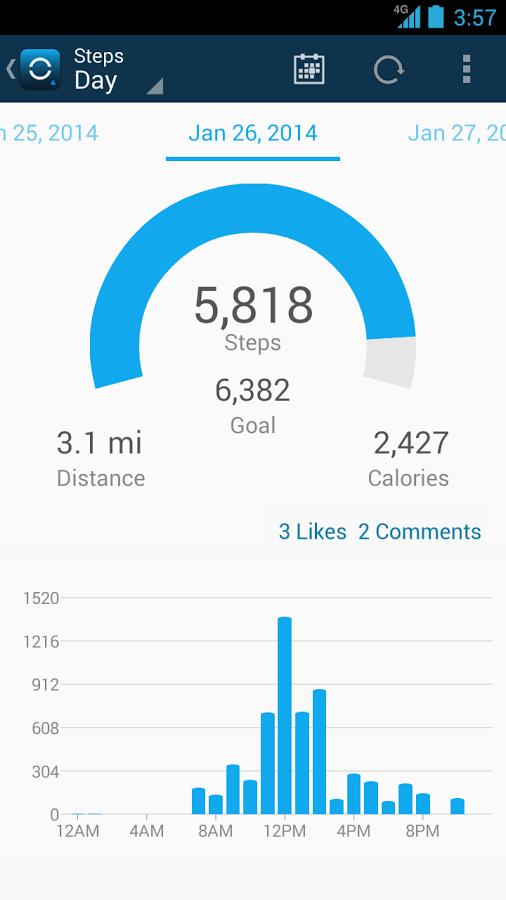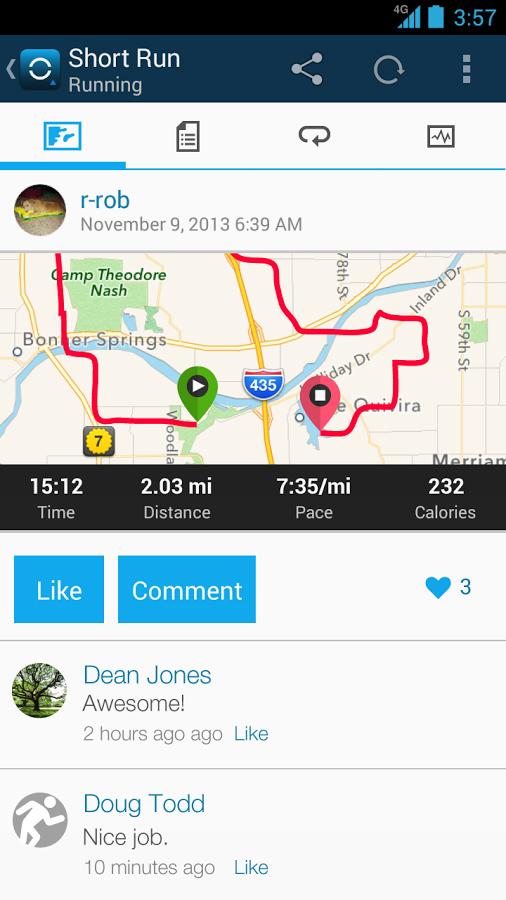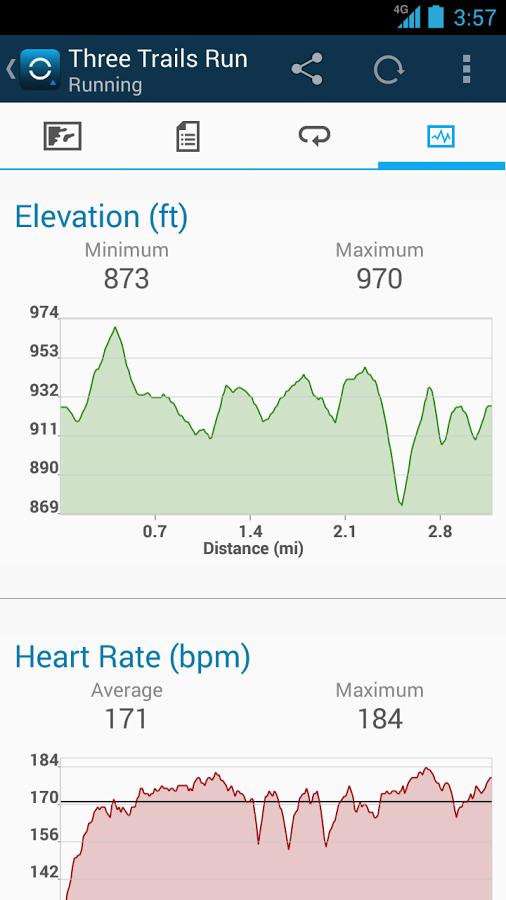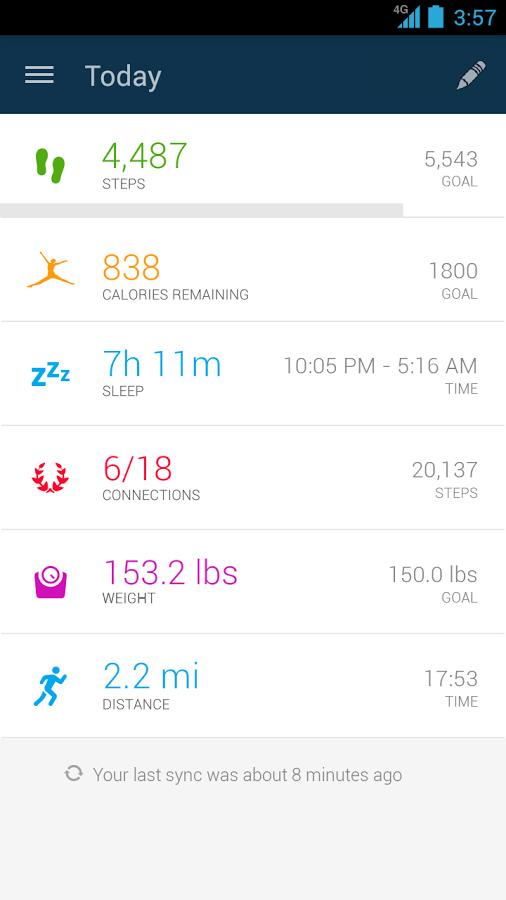“Garmin’s Vector 2 pedals provides a treasure trove of data that will help cyclists improve their performance -- but knowledge can be expensive.”
- A treasure trove of useful data
- Real-time data display
- Pedals can easily be transferred from bike-to-bike
- Adds modest weight to your ride
- Pedals are only Look Keo compatible – sorry Shimano or Speedplay fans
- Price will set you back $1,499 big ones
Power is an objective measure of your cycling performance on any given day, independent of environmental conditions or how you feel. Using a power meter lets you precisely gauge your training intensity. Working with a compatible bike computer to measure your power — and how you achieve it — helps you train smarter.
So why aren’t you?
The original Garmin Vector pedal, released about two years ago, marked a revolution (ha!) in power meter design. Earlier models almost always measured the crank or the wheel; they were great but difficult to install, pricey, and typically reserved for pro riders. Though still expensive, the Vector moved the power meter to the pedal, making installation much easier and (at least according to Garmin) more accurate by measuring on both sides from where power is generated — the pedal itself. For the first time, power data was accessible and useful to cyclists at all levels.
For the first time, power data is accessible and useful to cyclists at all levels.
The new $1,499 Garmin Vector 2 represents Garmin’s next-generation power meter. Like its predecessor, the Vector 2 is expensive and measures power directly at the pedal, where force is applied. Thanks to an entirely redesigned pedal pod, cyclists can now install and transfer their power meter from bike-to-bike with relative ease (if you’re fortunate enough to own multiple rides). An all-new status LED light makes it easy to set up and run diagnostics on the system for easier maintenance. Does Garmin have a powerful hit on its hands?
Not Your Average Pedal
The pedals themselves are quite similar in look and feel to the Look Keo brand of pedals — enough so that they’re only compatible for the moment with KEO cleats. The pedal has a lightweight composite body with a stainless steel wear plate to extend its useful life and provide a wide platform for the cleat to reduce the potential for uncomfortable pressure points.
The adjustable tension binding lets riders customize how hard or easy it is to twist the cleat out of the pedal and is compatible with Garmin Vector and Keo three-bolt cleats. Altogether, the entire system (hardware and cleats included) weighs in around 434 grams (pedal: 156g; pedal pod: 23g; cleats and hardware: 38g).
The whole system runs on a replaceable standard 2032 coin cell battery in the pedal pod for a claimed 175 hours of ride time per battery, which is easily replaceable with a quick trip to your local grocery store and a twist of the battery cap. The pedal pods fit crank arms 12mm to 15mm thick and up to 44mm wide or 15mm to 18mm thick and up to 44mm wide. Garmin Vector cleats with six degrees of knee-saving float are also included.
Inside the Pod
In the past, owning a power meter was a complicated process and involved some mechanical tradeoffs or considerations for your bike. The Vector 2 changes all that. Now you can walk into your local bike shop, walk out with a Vector 2 power meter in hand, and install it yourself in minutes. The new Vector 2 design simplifies the installation process even beyond that of its predecessor, removing the need to determine if additional washers must be added. It also simplifies the process of swapping between bikes. Software updates are easy to install as enhancements are made.
So how does the Vector 2 system actually work? Small sensors fit inside the hollow spindles of each pedal, and “pedal pods” hold them in place. These pods are the guts of the system, housing the sensor, ANT+ transmitter, and battery. Once the pedals are installed, simply attach the pedal pod to each pedal, snap the pod and spindle together, and you’re ready to ride.
Once in place, the sensor can measure any deflection of the pedal when force is applied – in this case, by you, and your feet. The sensor calculates the applied force vectors and transmits the corresponding reading to your CPU via ANT+ wireless technology. For anyone whose physics skills are as weary as their body after an all-day ride, a vector is basically just a quantity that has both direction and magnitude. Effort is reflected in tiny changes in the pedal spindle curve – unnoticeable by the naked eye, but easily measured by sensors.
The cheaper Vector 2S monitors just a single pedal. The Vector 2 uses both, and with all that data it can analyze left/right balance as well as dynamics such as where you generate power in each pedal stroke, where force is applied on the pedal, and how much time you spend in and out of the saddle while riding. This lets you fine tune your pedal stroke and address any imbalances for a potentially smoother, more powerful ride.
Even better, this data can be viewed in real time or in rolling three-second averages. And while other power meters such as SRM, Polar, or Pioneer are just starting to introduce a similar capability, they provide only a calculation of power balance, not a direct measurement. Other metrics from the Vector 2 include power average (at intervals), Training Stress Score, Normalized Power, Intensity Factor, total power (in watts), overall kilojoules, and power zones (more on this shortly).
Cycling Dynamics: Data to Power Your Ride
During a ride, Vector 2 measures and sends data to compatible Edge cycling computers, Garmin’s Forerunner multisport watches, or other ANT+ enabled devices for viewing. Post-ride analysis, data sharing, mapping, route planning, and more can also be integrated into training through Garmin Connect (iOS, Android). Viewing power metrics and graphically displayed dynamics in Garmin Connect can help cyclists evaluate all aspects of a ride to train more efficiently.
Of course, once you’re done with your ride or race, you’re able to view your metrics with Garmin Connect. Additionally, Garmin has included a wireless ANT+ USB stick that lets you update your firmware with ease.
The system is waterproof, although as with any electronic device, waterproof or not, you shouldn’t submerge it in water — or park your bike in a lake, for that matter.
Cycling Dynamics data is the heart and soul of the Garmin Vector 2. It provides real time feedback to cyclists on their position and pedal form. Cycling Dynamics measures cadence, total power, and left/right balance, and displays this data directly on compatible Garmin Edge devices. This data will allow you to tailor your training around specific weaknesses and strengths by viewing exactly where you are generating power throughout the pedal stroke. You can also view where force is being applied on the pedal itself to ensure proper cleat position, as well as when and how long you were seated versus standing during a ride to gauge position effectiveness. This lets you really deconstruct the particulars of your form to better understand how you ride, where you can train to make improvements, and even avoid injury.
Conclusion
Overall, the Garmin Vector 2 power meter is an exceptional product, extending the value of my Garmin Edge 1000 by providing troves of useful and important data to improve my ride. At a retail price of $1,499, this data comes at a price. But for any cyclist who is at all serious about analyzing and improving performance, the Vector 2 delivers big. Vector 2 eliminates the frustration and trial and error often associated with manual fittings, adjustments, and subtle tweaks to the bike. What happens when I raise my seat by 1 cm? Do upgrades to equipment like shoes really make a difference? When should I get out of the saddle and charge a hill or spin out? If knowledge is really power, then the Garmin Vector 2 is more than worthy of consideration.
Highs
- A treasure trove of useful data
- Real-time data display
- Pedals can easily be transferred from bike-to-bike
Lows
- Adds modest weight to your ride
- Pedals are only Look Keo compatible – sorry Shimano or Speedplay fans
- Price will set you back $1,499 big ones





